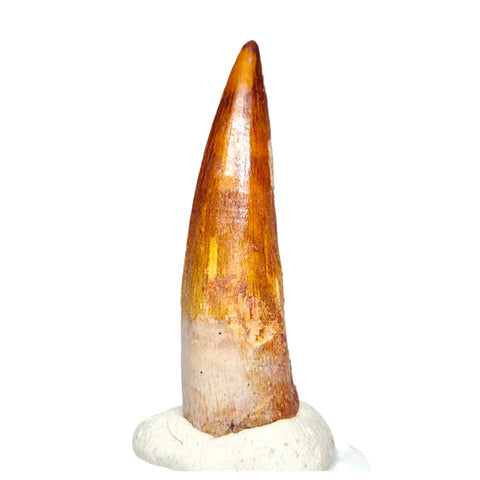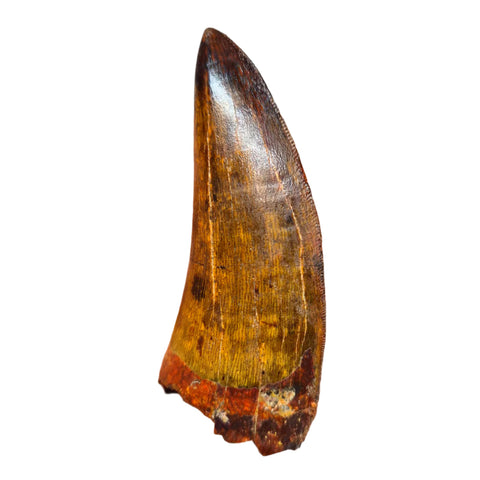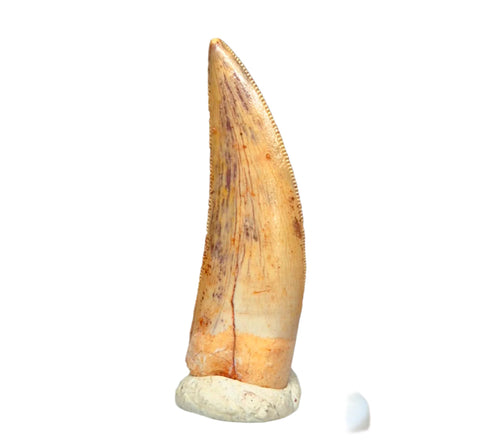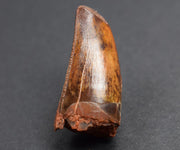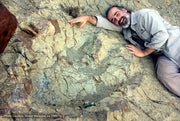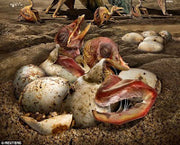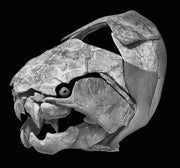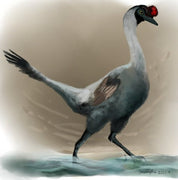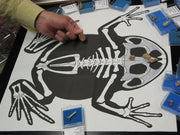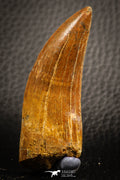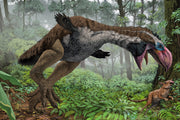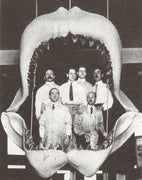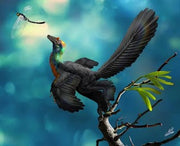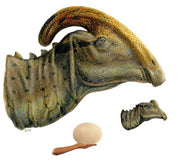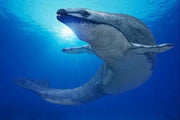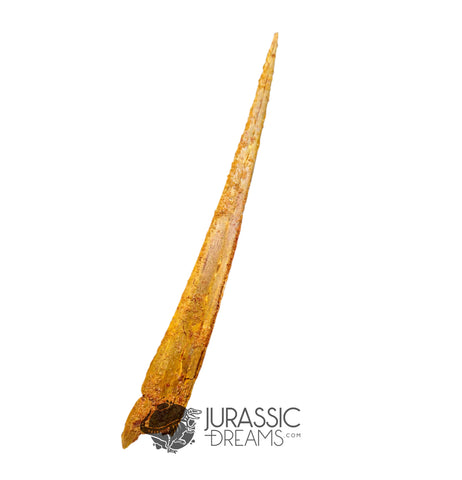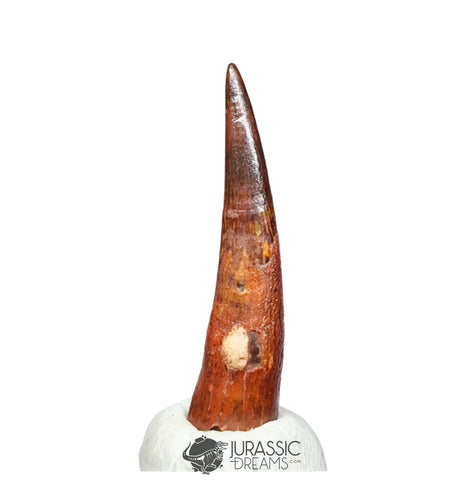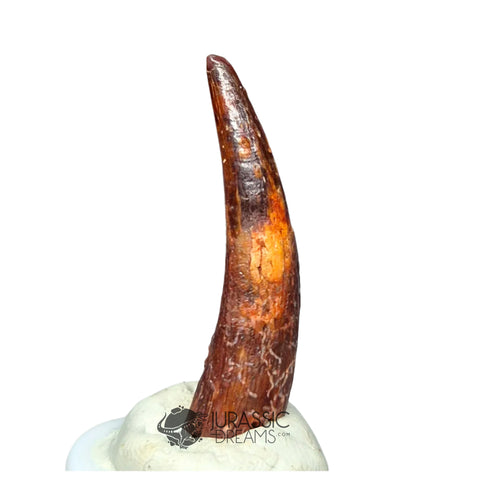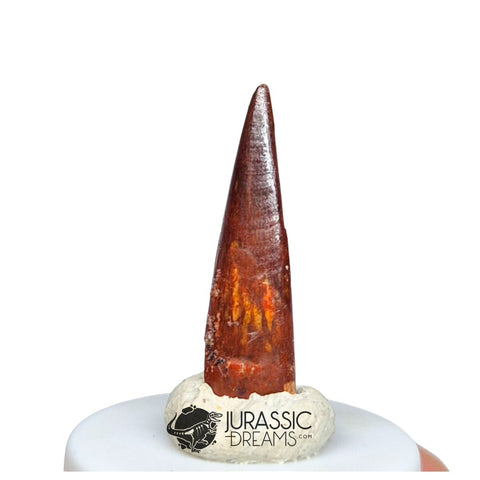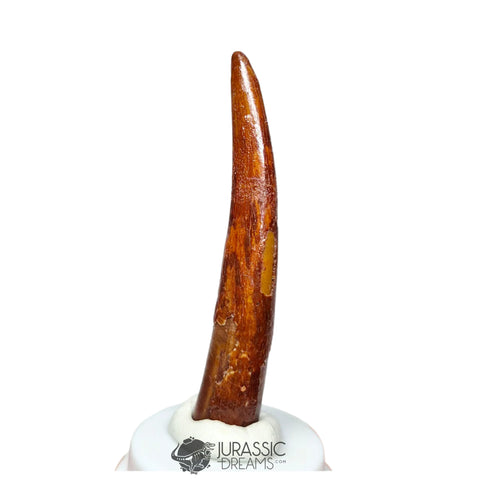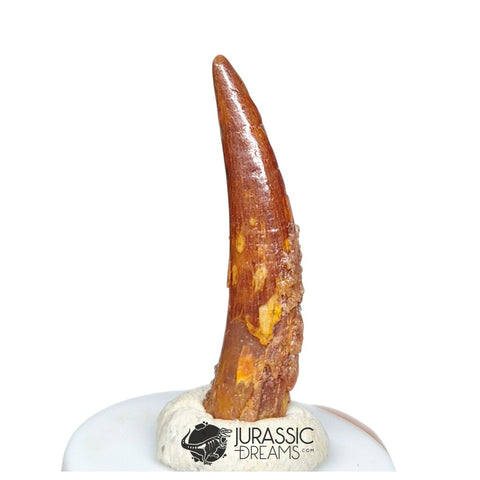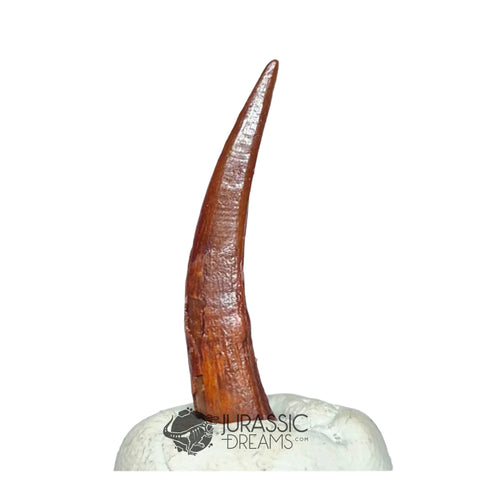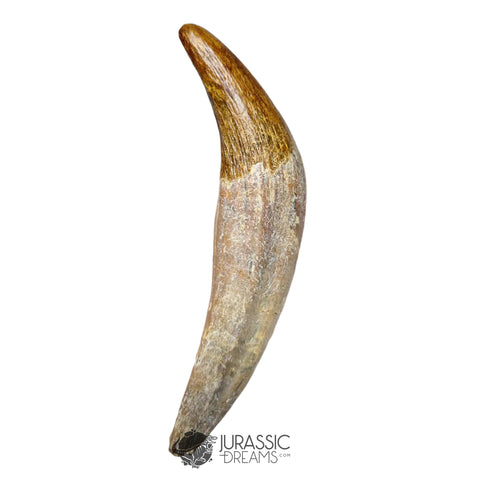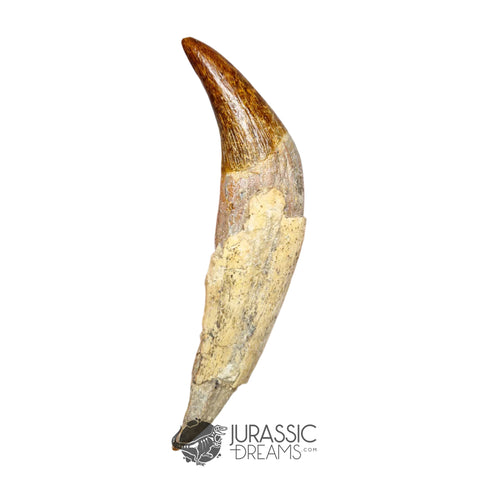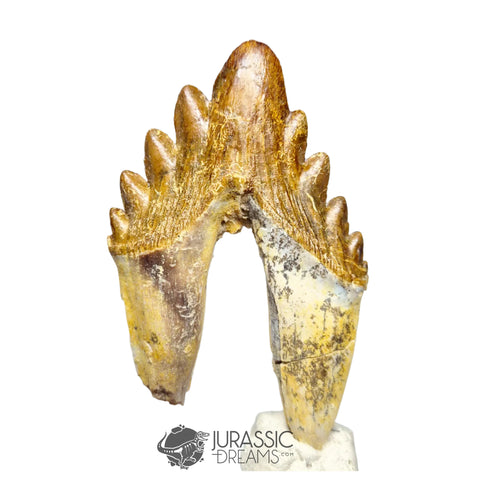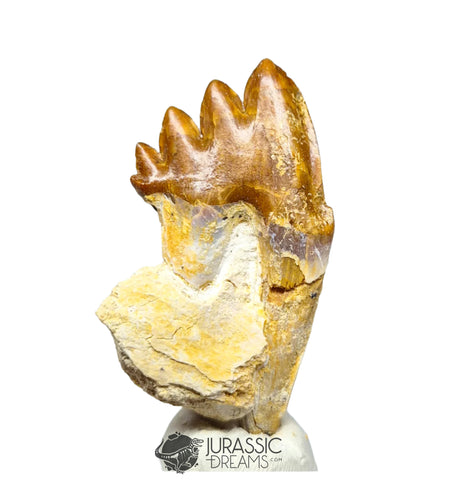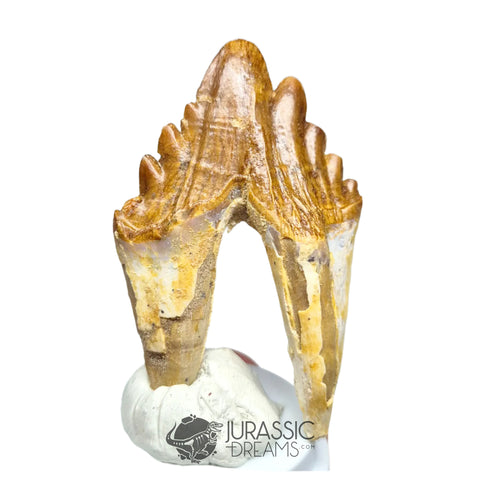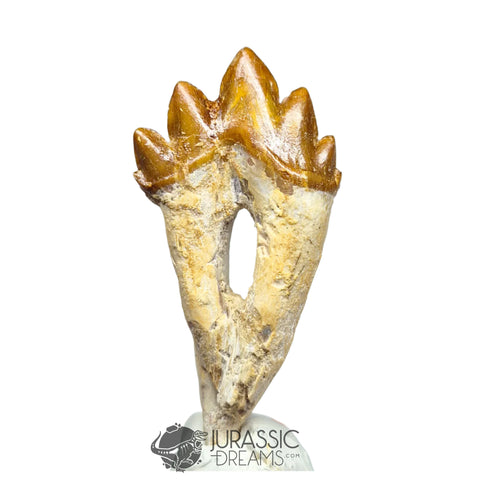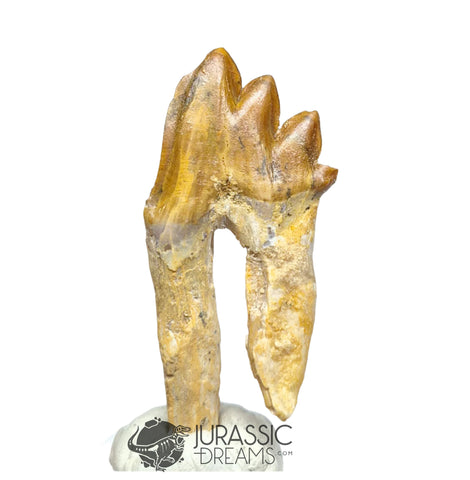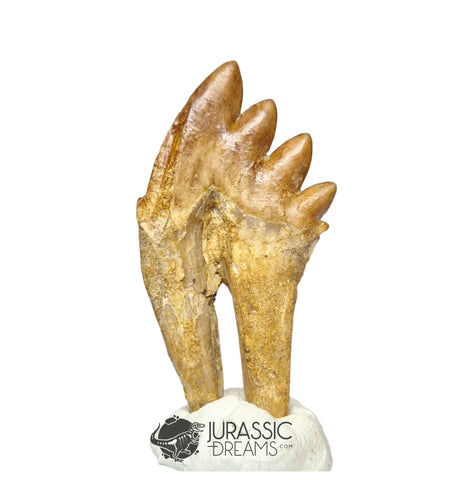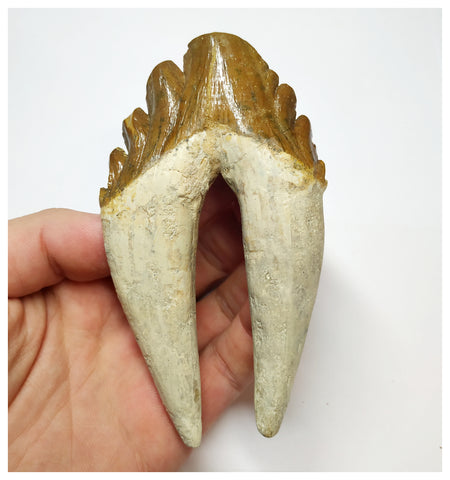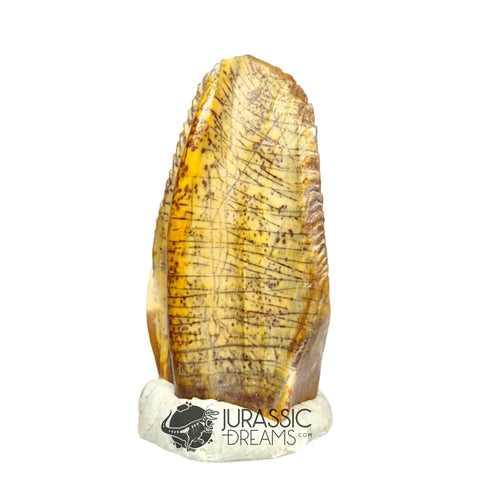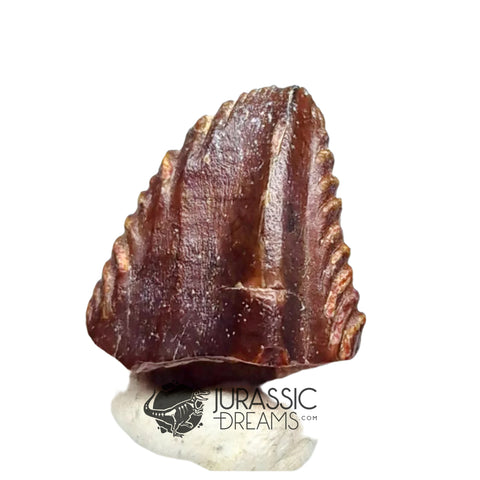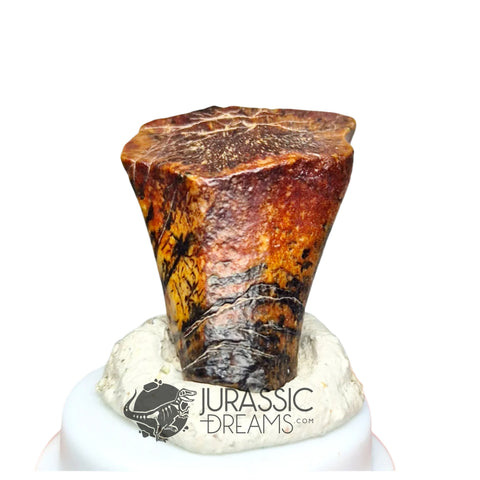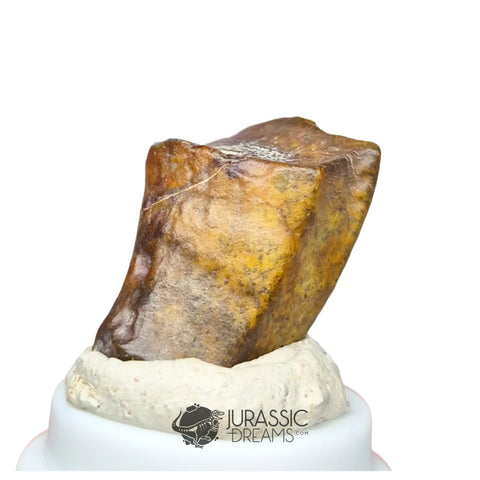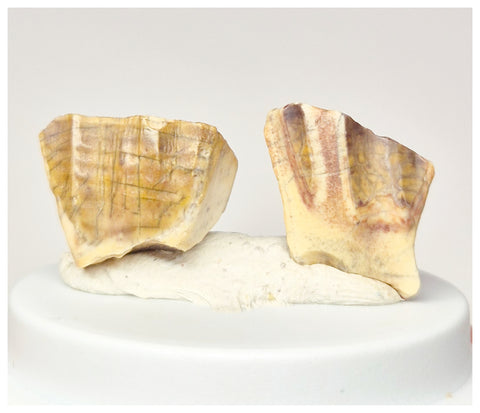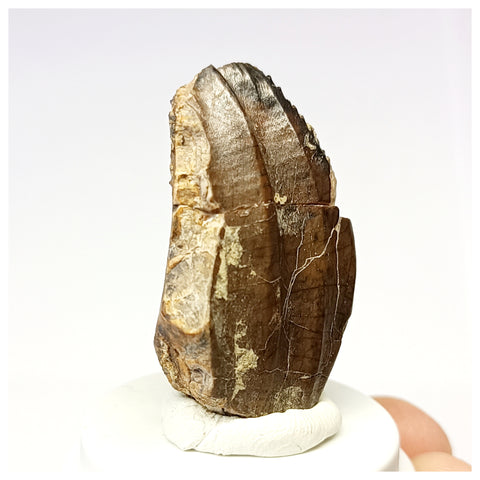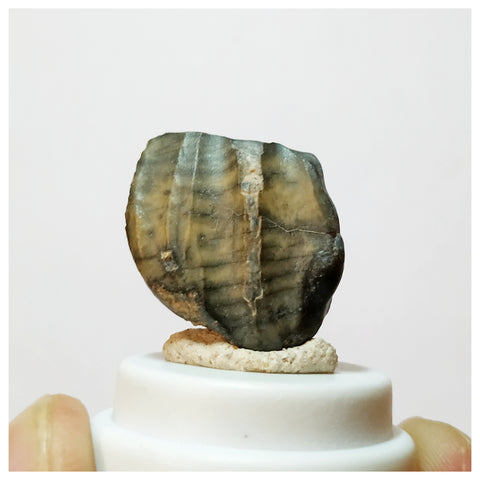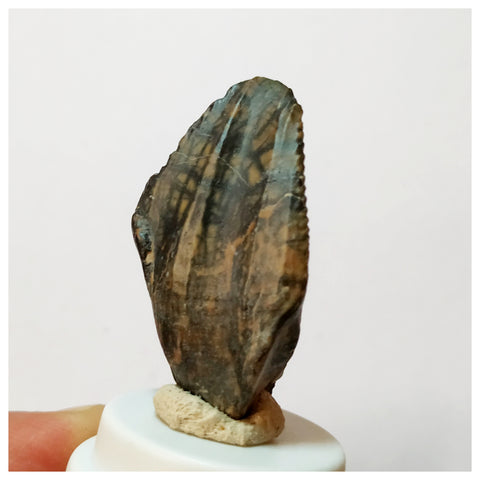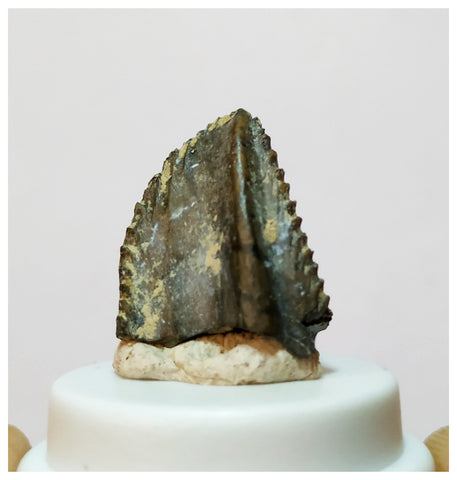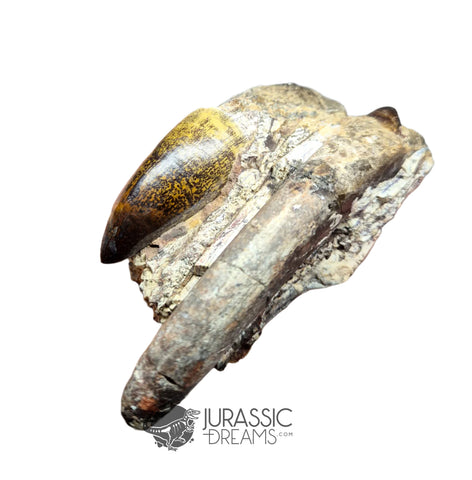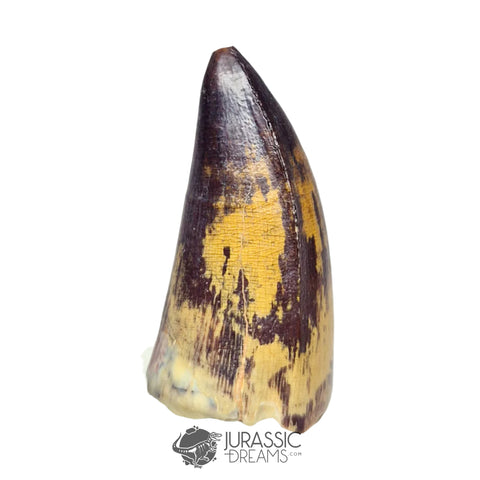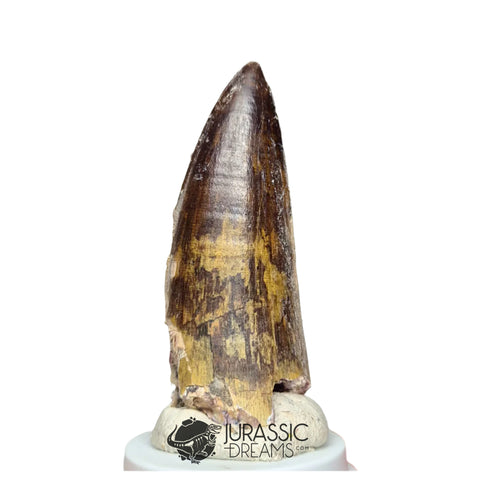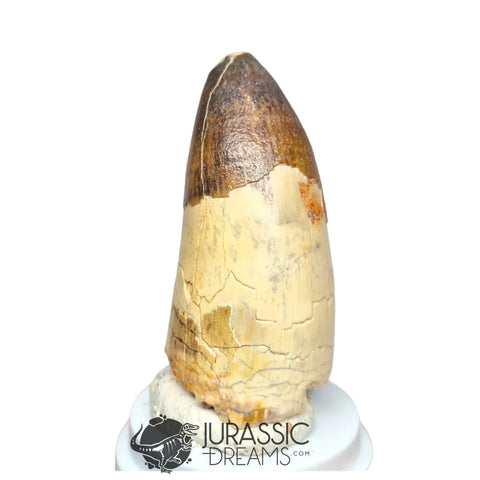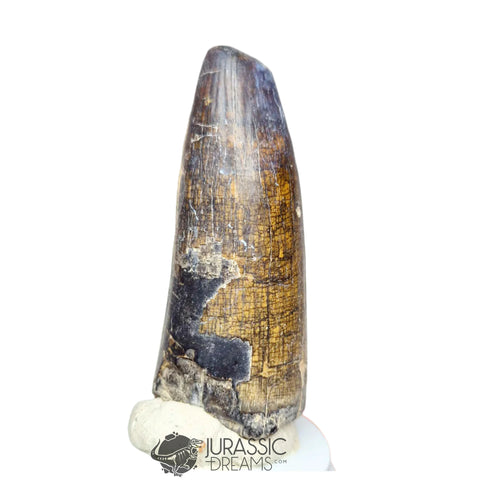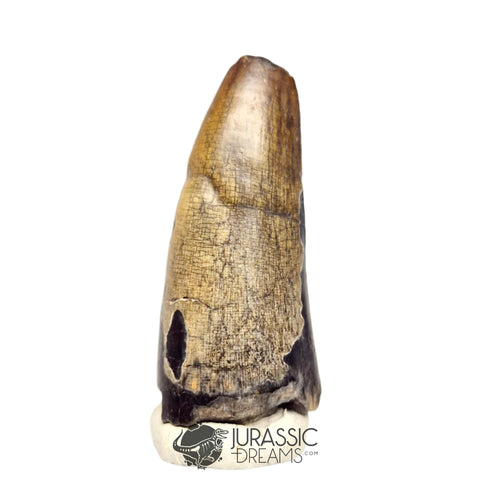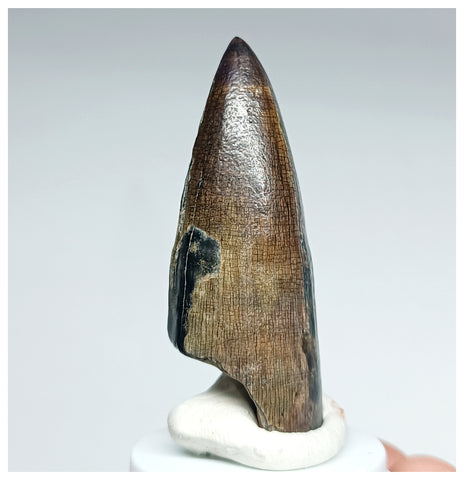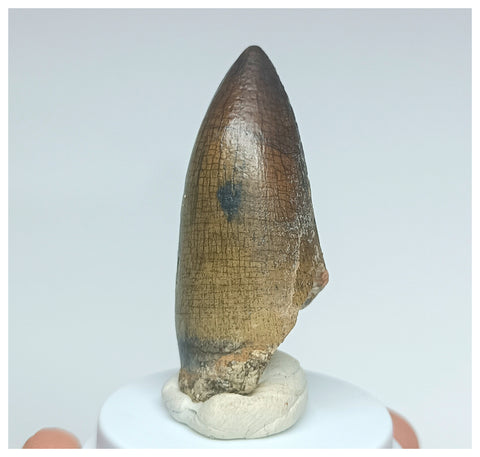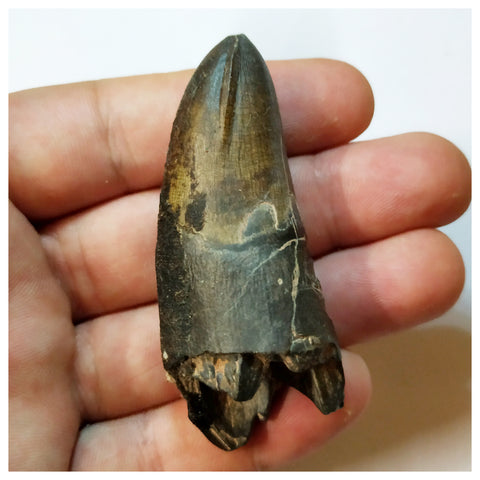I think that to present this shark of epic proportions, it is more than appropriate to resort to a photomontage that circulates on the internet. It is a white shark that has been increased in size with photoshop and fits exactly to the size that could reach a Carcharodon megalodon.

The photograph speaks for itself, the mouth of the Carcharodon megalodon has the size of a circular door full of teeth, the trip would be only one way and without the need to be chewed.

The images of this animal do not need words to explain them and (I love this one in particular). It is one of the first photographs with the Carcharodon megalodon’s mandibular frame.
This shark appeared 16 million years ago and it extinguished 3 million years ago. It is said that it still inhabits the dark abyssal waters, but there is no evidence to support such congetures.
What we do know is that it attacked large cetaceans and that its teeth were marked on the bones of its preys. Many of those marks do not show any scarring, so they seem like they were deadly. Given that the bone was marked by the teeth, it can be assumed that the bite power was very strong, since it went through skin, fat, and muscle.

White Shark and Megalodon Teeth
It is true that Carcharodon megalodon is the most known prehistoric shark, but there are other sharks that easily surpassed the size of the actual white shark. One of the most common was Otodus obliquus, its teeth flood fairs and fossil stores.
It will be interesting to end up seeing a representation of the Carcharodon megalodon, and Otodus obliquus compared to the white shark. It should be taken into account that only the teeth have been preserved from these sharks, since they are animals with a cartilaginous skeleton, which complicates their fossilization. However it is known by the morphology of the teeth that they were close relatives of the white shark, so we can apply an analogy and perform a proportional increase between teeth and length.

a) Megalodon b) Obliquus c) White Shark
Carcharodon megalodon’s fossil distribution and therefore, areas in where this great shark lived.

Germán Z. López
This post can also be read in Spanish at our partner blog Made in Pangea.
Illustrations:
https://miplayadelascanteras.com/
Photographs:
http://destylou-historia.blogspot.com/
Sources:
- Bretton W. Kent (1994). Fossil Sharks of the Chesapeake Bay Region. Egan Rees & Boyer, Inc. 146 páginas. ISBN 1-881620-01-8.
- Agassiz, L. 1833-1844. Recherches sur les Poissons Fossiles, V. 1-5. Imprimerie de Petitpierre, Neuchâtel, Suisse.








